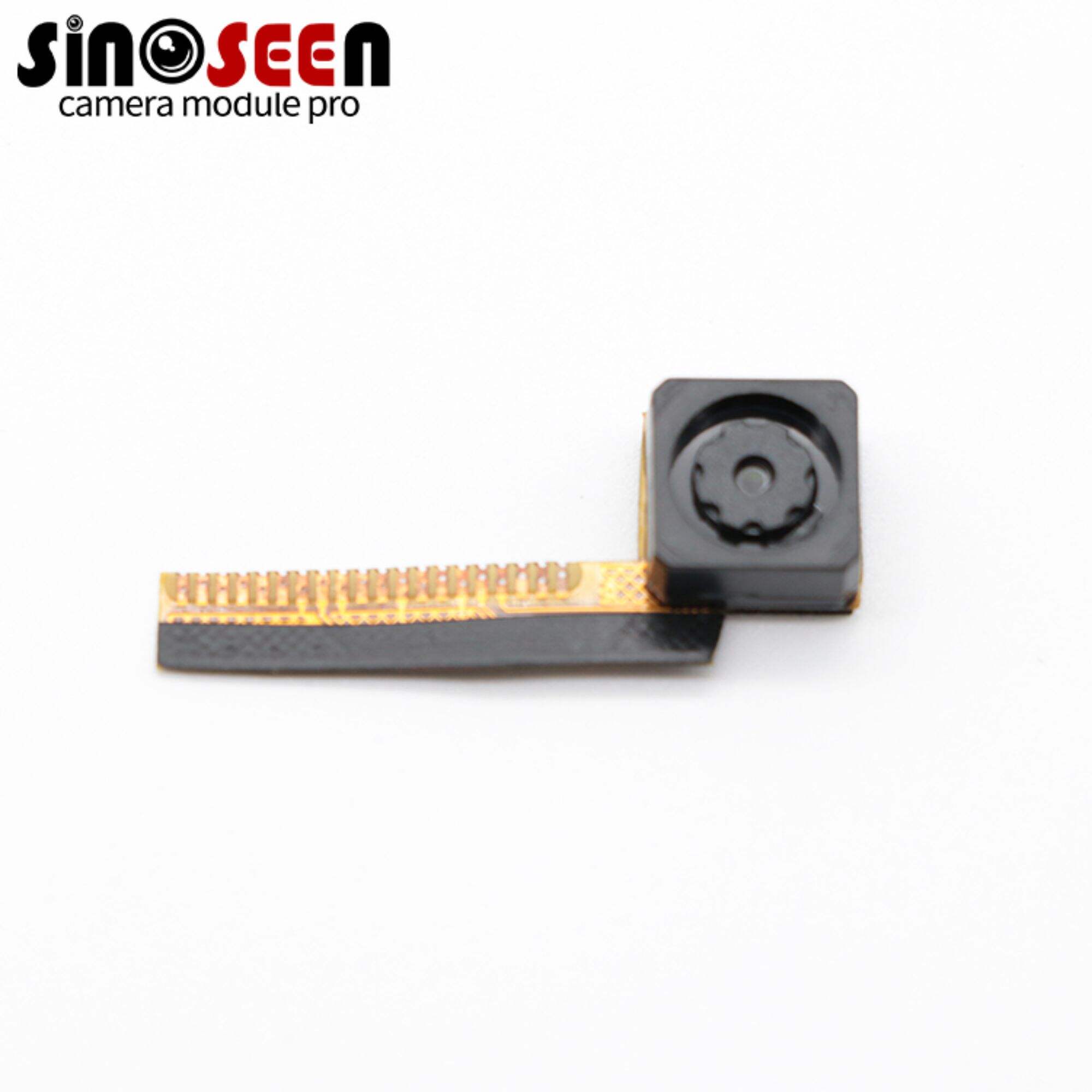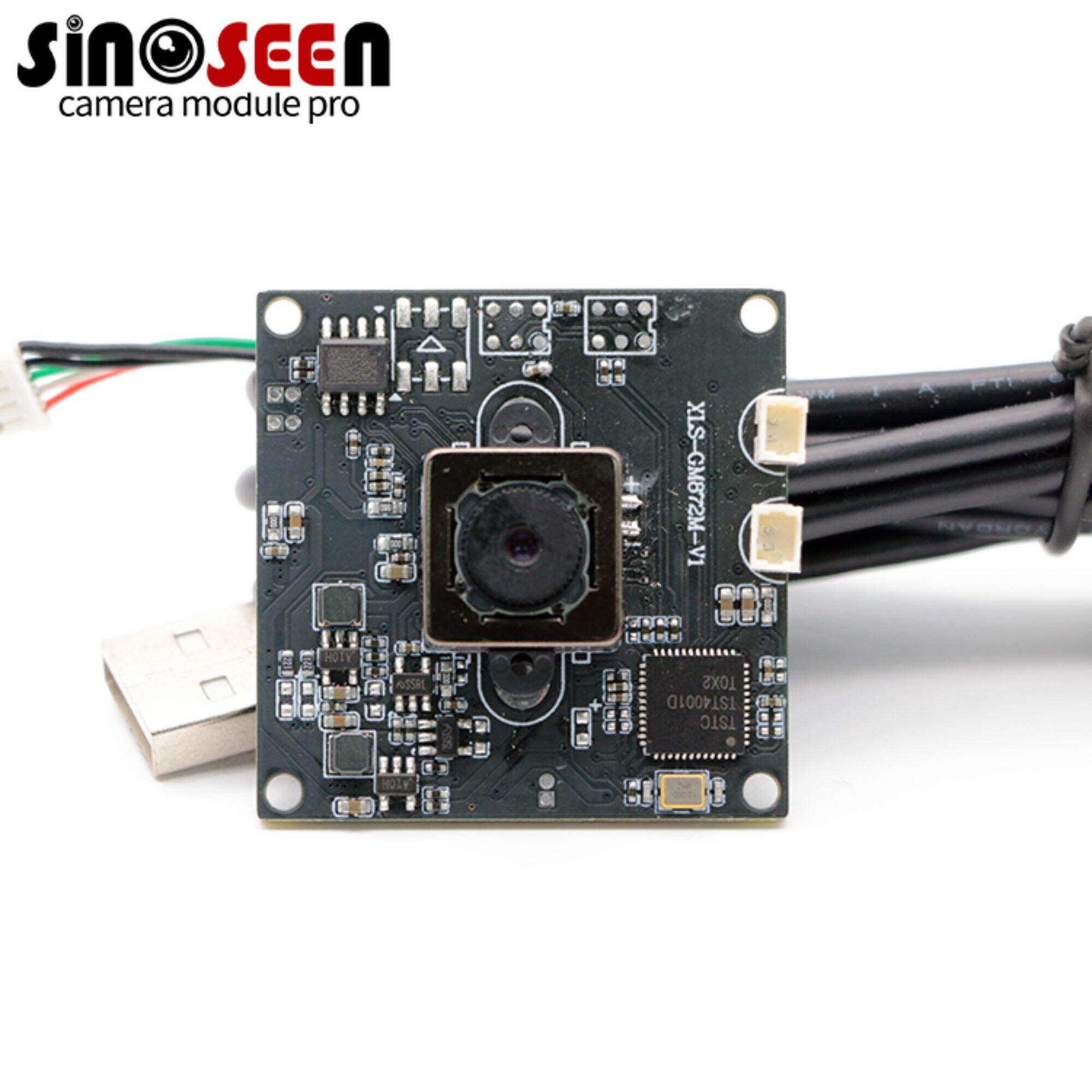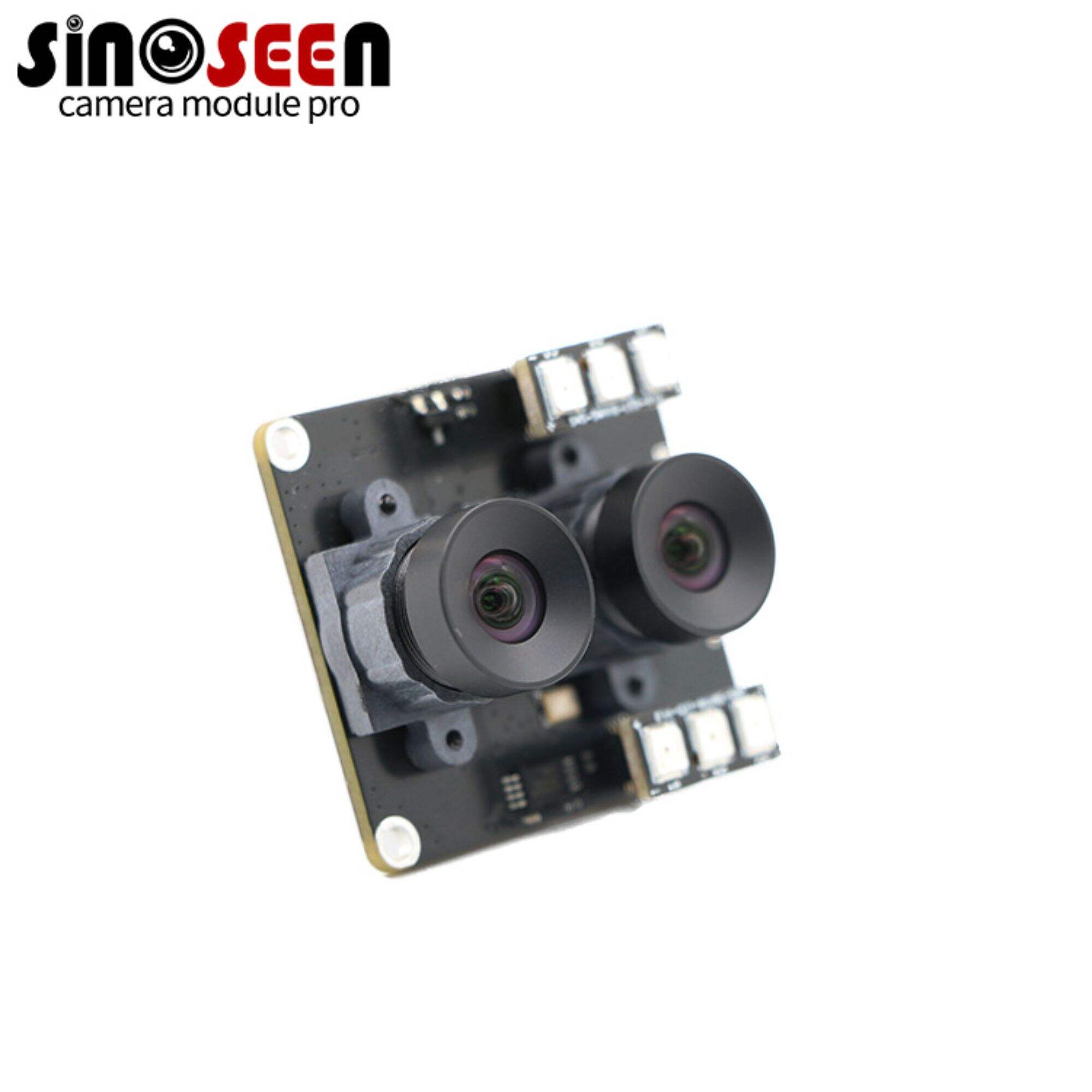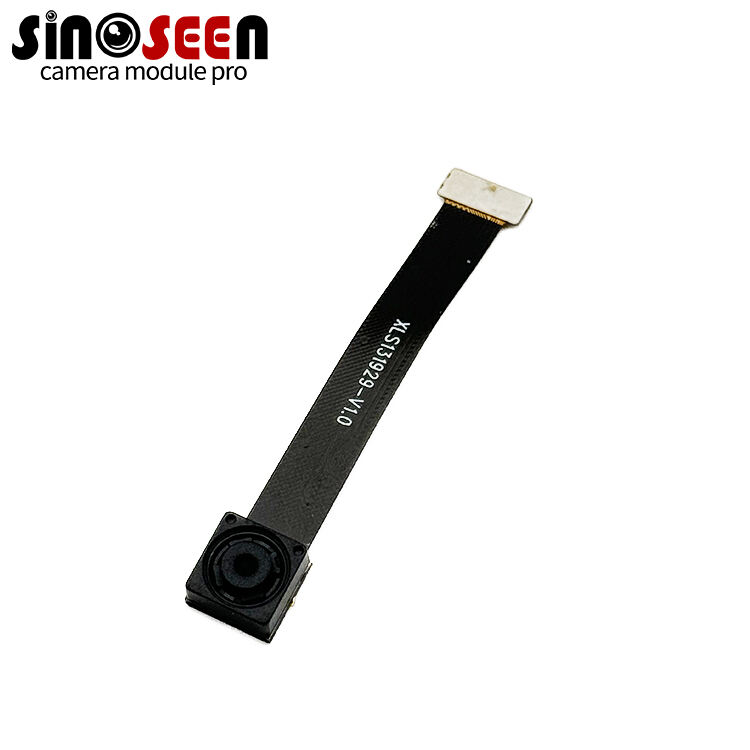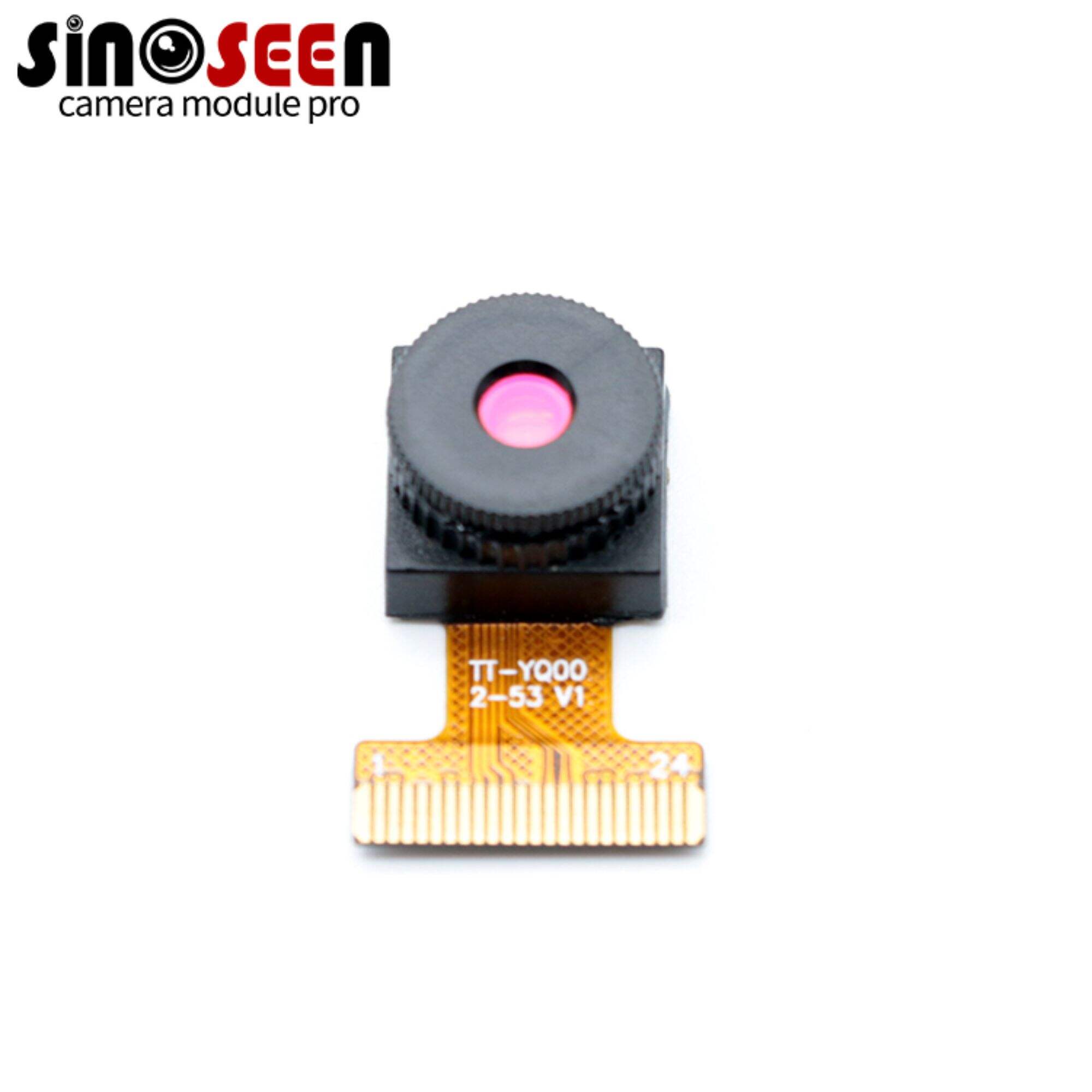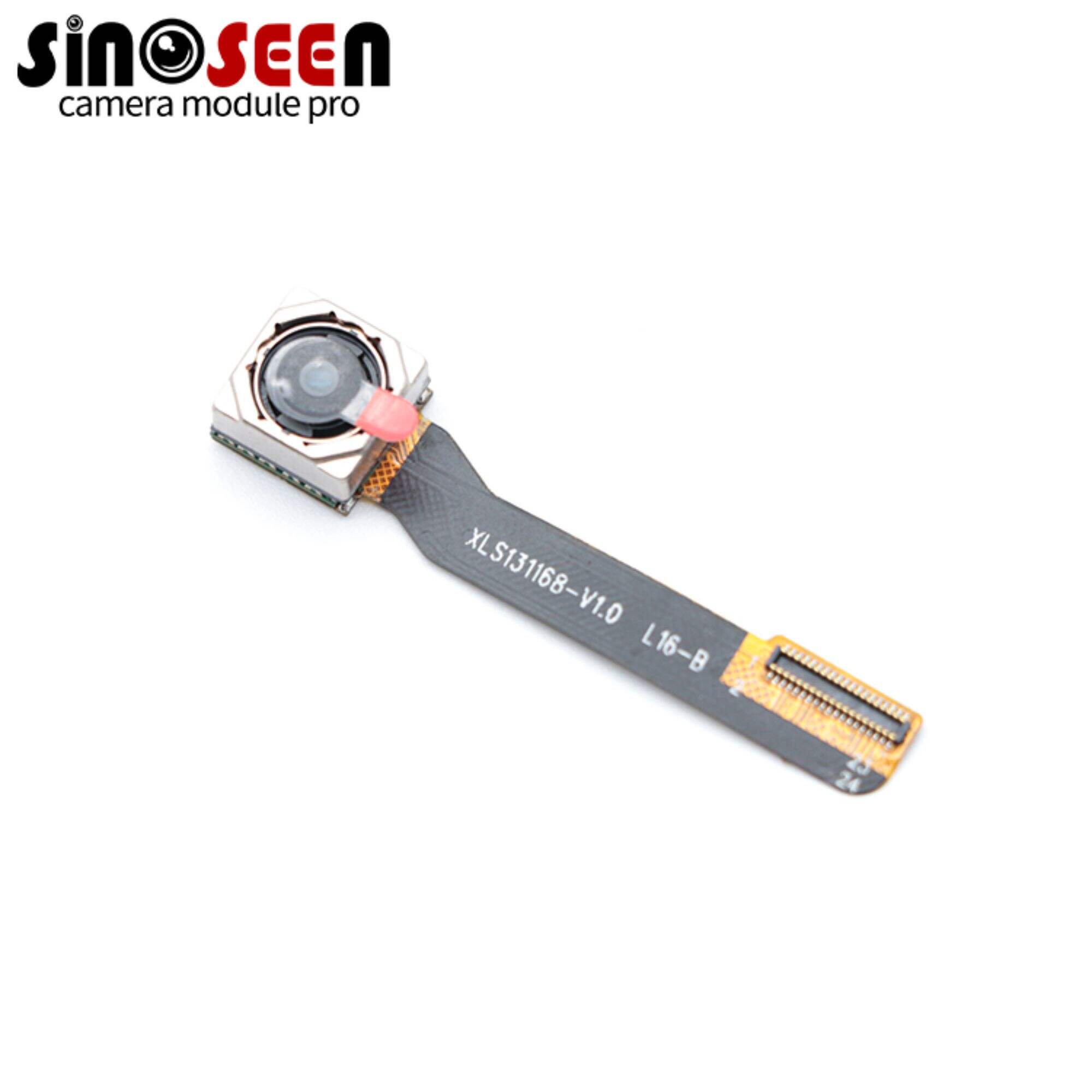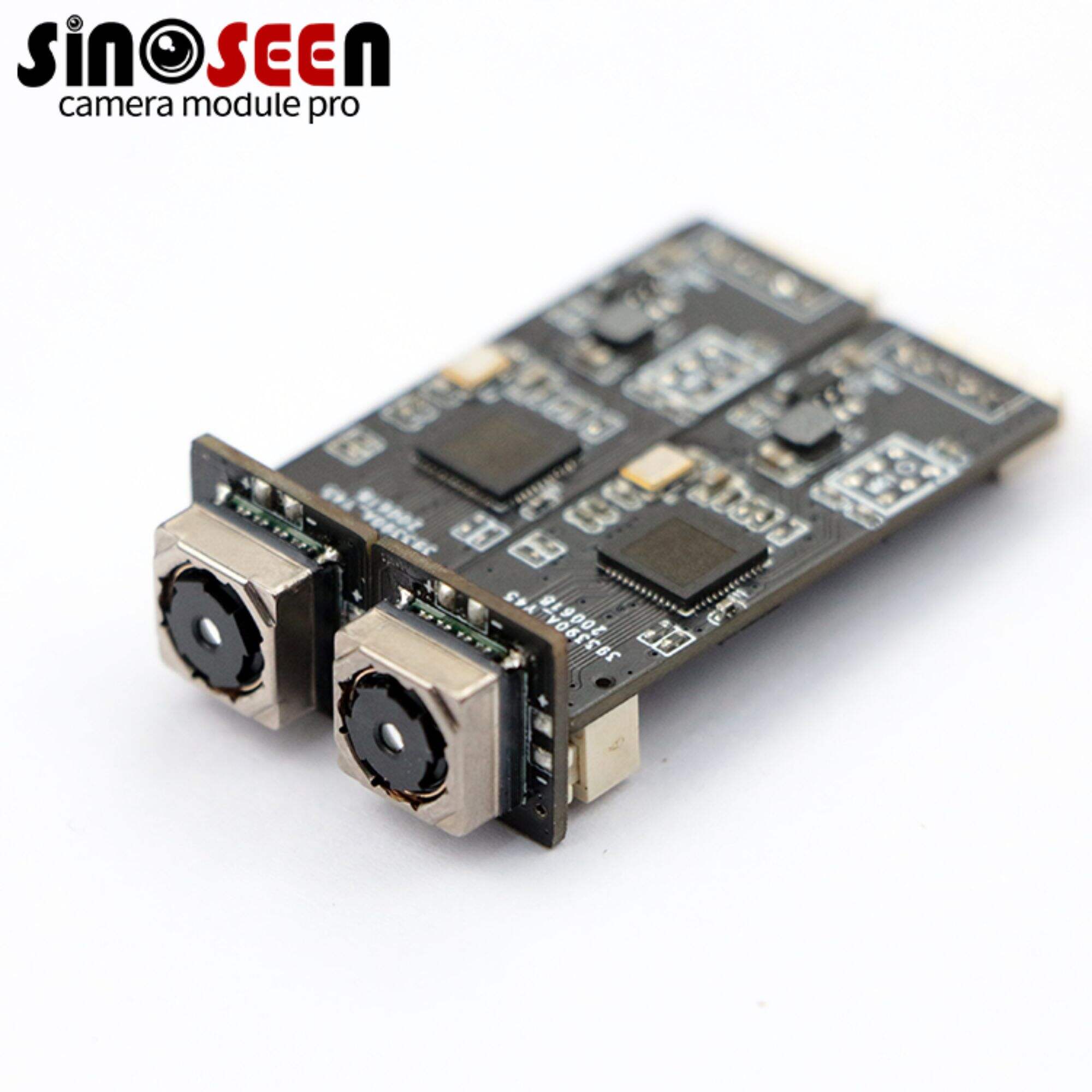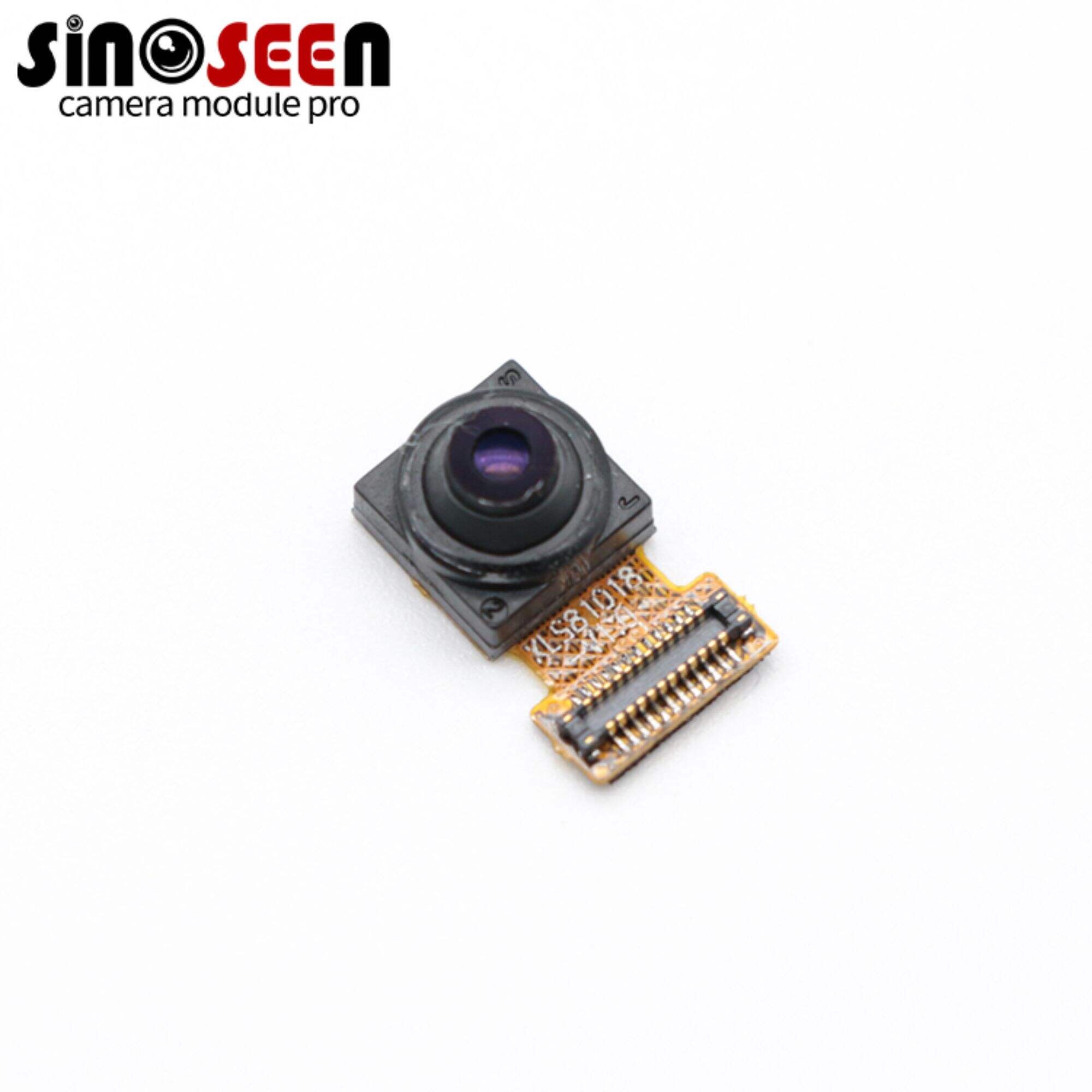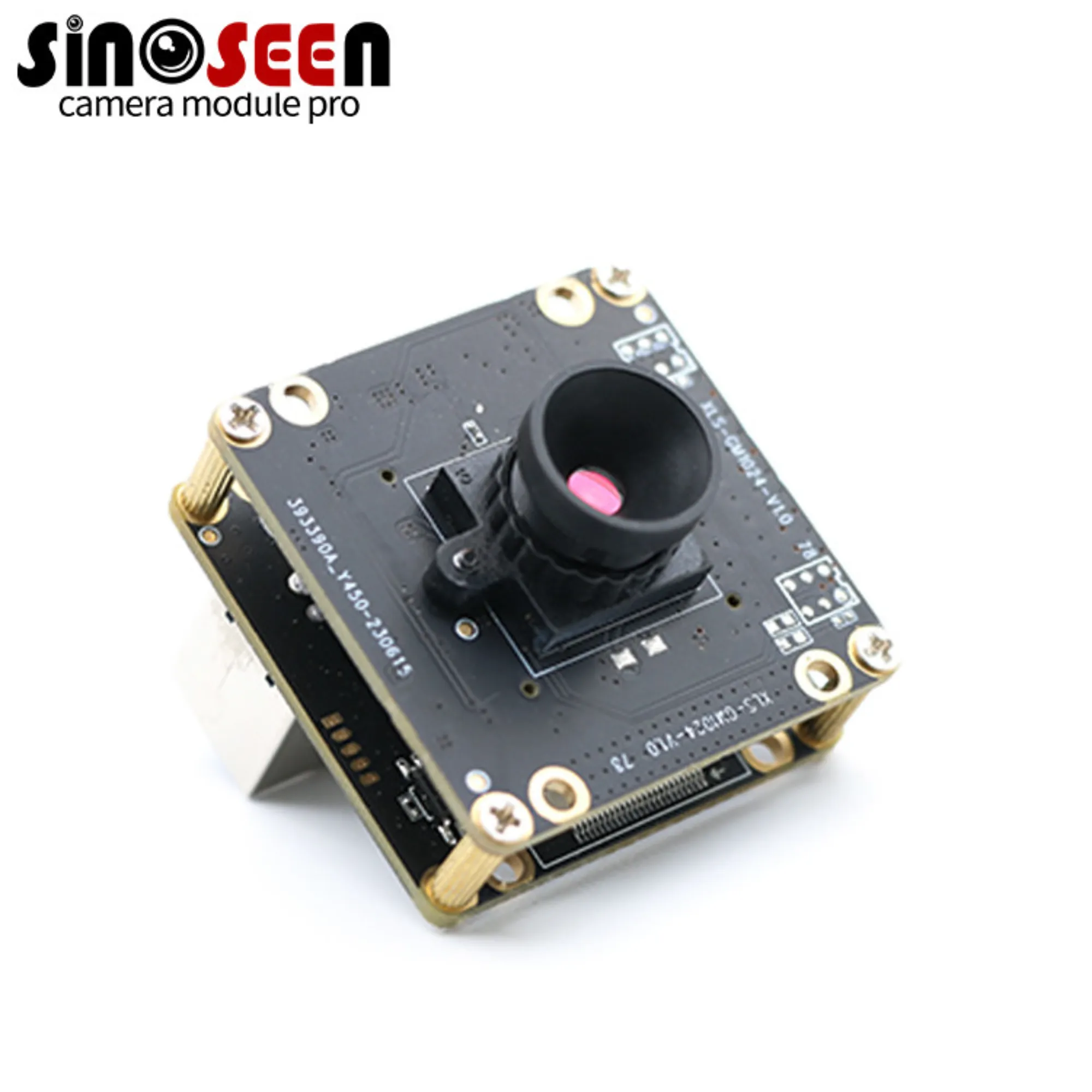What Are the Advantages of Omnivision Camera Modules?
Omnivision camera modules are widely recognized as reliable, high-performance imaging solutions used in a diverse range of devices, from smartphones and security cameras to automotive systems and medical equipment. As a leading provider of imaging technology, Omnivision has built its reputation on developing camera modules that balance advanced features, durability, and cost-effectiveness. These modules integrate Omnivision’s proprietary image sensors with lenses, software, and hardware components to deliver seamless imaging performance. This guide explores the key advantages of Omnivision camera modules, highlighting why they are a preferred choice for manufacturers and developers across industries.
1. Superior Low-Light Performance
One of the most notable advantages of Omnivision camera modules is their ability to capture clear images in low-light conditions, a critical feature for many applications where lighting is unpredictable or limited.
Omnivision achieves this through innovative technologies like Nyxel® near-infrared (NIR) enhancement, which boosts the module’s sensitivity to infrared light—light that is invisible to the human eye but abundant in dark environments. This allows Omnivision camera modules to “see” in near-total darkness, such as nighttime or dimly lit rooms, without relying on bright external lights. For example, the Omnivision OV2710 camera module, equipped with Nyxel technology, captures sharp details in settings as dark as 0.1 lux (equivalent to moonlight), making it ideal for security cameras monitoring parking lots or alleyways at night.
In addition to NIR enhancement, Omnivision camera modules use pixel binning—a technique that combines data from adjacent pixels to create larger “virtual pixels.” These larger pixels absorb more light, reducing noise (graininess) and improving image clarity in low light. This feature is particularly valuable in smartphone cameras, where users often take photos indoors or at night without flash. Omnivision’s 50MP camera modules, such as the OV50A, use pixel binning to deliver bright, detailed images even in dim restaurants or evening events.
Compared to modules from other brands, Omnivision camera modules consistently outperform in low-light scenarios, especially in applications requiring infrared sensitivity, such as night vision security systems or automotive driver-assistance systems (ADAS) that operate after dark.
2. High Dynamic Range for Challenging Lighting
Dynamic range refers to a camera’s ability to capture details in both bright and dark areas of a scene—essential for environments with high contrast, like sunny outdoor scenes with shaded areas or indoor spaces with bright windows. Omnivision camera modules excel in this area, thanks to advanced high dynamic range (HDR) technologies.
Omnivision camera modules use multi-exposure HDR, which captures multiple images of the same scene at different exposure levels (one for bright areas, one for dark areas) and combines them into a single image. This process preserves details in both highlights and shadows, avoiding the “washed-out” or “too dark” effects common in cameras with poor dynamic range. For instance, an Omnivision camera module in a car’s dashboard can capture a road scene where sunlight glares off the hood while still showing details in the shaded interior of a tunnel ahead.
Many Omnivision camera modules also feature staggered HDR, which reduces motion blur in moving scenes by minimizing the time between exposures. This is crucial for automotive applications, where fast-moving objects like pedestrians or other vehicles must be clearly visible even in high-contrast lighting. The Omnivision OX08B40 automotive camera module, for example, offers a dynamic range of 140dB, ensuring it captures crisp details in both bright daylight and sudden shadows.
This high dynamic range makes Omnivision camera modules versatile for outdoor security cameras, automotive systems, and smartphones, where users frequently encounter varying light conditions.
3. Compact Design and Easy Integration
Omnivision camera modules are engineered to be compact and lightweight, making them easy to integrate into devices with limited space—a key advantage in today’s slim, portable electronics and miniaturized industrial equipment.
Omnivision achieves this compactness by optimizing the layout of internal components, including the image sensor, lens, and circuit board. Many modules measure just a few millimeters in thickness, allowing them to fit into slim smartphone designs, small security cameras, or wearable devices like smartwatches. For example, the Omnivision OV7251 camera module, a popular choice for IoT devices and wearables, has a tiny form factor that fits into fitness trackers and smart glasses without adding bulk.
In addition to their small size, Omnivision camera modules are designed for plug-and-play integration. They support standard interfaces like MIPI-CSI2, a common communication protocol for image sensors, which simplifies connection to processors and other hardware. This reduces development time for manufacturers, as they can easily incorporate Omnivision camera modules into existing device designs without extensive modifications.
Whether used in a ultra-thin smartphone or a compact medical endoscope, the small size and easy integration of Omnivision camera modules make them a flexible choice for space-constrained applications.
4. Advanced Features for Versatile Imaging
Omnivision camera modules are packed with advanced features that enhance their functionality, making them suitable for a wide range of imaging needs—from basic photography to specialized industrial and medical imaging.
- Autofocus (AF): Many Omnivision camera modules include phase detection autofocus (PDAF) or laser autofocus, which quickly and accurately focus on subjects. This is essential for smartphone cameras, where users expect sharp focus in both photos and videos. The Omnivision OV64B, a 64MP camera module, uses PDAF to lock focus on moving subjects, ensuring clear action shots.
- Electronic Image Stabilization (EIS): EIS reduces blurring caused by camera shake, a common issue in handheld devices like smartphones or action cameras. Omnivision’s EIS technology uses software to compensate for movement, resulting in smoother videos and sharper photos. This feature is particularly useful for security cameras mounted on moving objects, such as drones or delivery robots.
- AI-Enhanced Imaging: Newer Omnivision camera modules integrate artificial intelligence (AI) capabilities, such as on-chip object detection or scene recognition. These features allow the module to automatically adjust settings for optimal results—for example, detecting a portrait scene and blurring the background, or recognizing a low-light environment and activating night mode. The Omnivision OV50C, a 50MP AI-optimized module, uses on-chip processing to enhance image quality in real time.
- High-Resolution Video: Omnivision camera modules support high-definition video recording, including 4K and even 8K resolution in premium models. This makes them ideal for professional-grade smartphones, security cameras, and automotive systems that require detailed video footage for analysis or documentation.
These advanced features ensure that Omnivision camera modules can adapt to diverse imaging needs, from casual smartphone photography to precision industrial inspection.
5. Durability for Harsh Environments
Many applications require camera modules to withstand harsh conditions, such as extreme temperatures, moisture, dust, or vibrations. Omnivision camera modules are built to be durable, making them reliable in challenging environments.
For automotive applications, Omnivision camera modules meet strict industry standards like AEC-Q100, which certifies components for use in vehicles. These modules operate reliably in temperatures ranging from -40°C to 105°C, ensuring they function in freezing winters or hot summers. They are also resistant to vibrations from rough roads, a critical feature for ADAS cameras that monitor road conditions continuously.
In outdoor security systems, Omnivision camera modules often have IP67 or IP68 ratings, meaning they are dustproof and waterproof. This allows them to withstand rain, snow, and dust storms without compromising performance. For example, the Omnivision OV2710 module, used in outdoor CCTV cameras, remains operational even in heavy rain or dusty industrial settings.
Medical-grade Omnivision camera modules are designed to withstand sterilization processes, such as autoclaving, making them safe for use in surgical tools or endoscopes. Their durable construction ensures they can handle repeated cleaning without damage, a key requirement for healthcare applications.
This durability makes Omnivision camera modules a trusted choice for industries where reliability in harsh conditions is non-negotiable.
6. Cost-Effectiveness Without Sacrificing Quality
While offering advanced features and performance, Omnivision camera modules remain cost-effective compared to many competitors, making them accessible for both high-end and budget-conscious devices.
Omnivision achieves this balance by optimizing production processes and focusing on mass-market compatibility. Their modules are designed to work with common hardware and software platforms, reducing the need for expensive customizations. This lower development cost translates to more affordable modules for manufacturers, who can then pass savings on to consumers.
For example, Omnivision’s mid-range 50MP camera modules provide performance comparable to premium sensors from other brands but at a 10–20% lower cost. This makes them popular in mid-tier smartphones, where manufacturers want to offer high-quality cameras without pricing devices out of the market. Similarly, Omnivision’s security camera modules deliver reliable low-light performance at a fraction of the cost of specialized industrial cameras, making them accessible for small businesses and residential users.
This cost-effectiveness does not come at the expense of quality. Omnivision maintains strict quality control standards, ensuring that even budget-friendly modules meet performance and durability requirements.
7. Wide Compatibility Across Industries
Omnivision camera modules are designed to meet the unique needs of multiple industries, from consumer electronics to automotive and healthcare, making them highly versatile.
- Smartphones and Consumer Electronics: Omnivision camera modules are widely used in smartphones, tablets, and laptops, offering features like high-resolution photography, portrait mode, and low-light selfies. Their compact size and advanced features make them a top choice for manufacturers aiming to balance camera quality and device slimness.
- Automotive Systems: In cars, Omnivision camera modules power rearview cameras, 360-degree surround-view systems, and ADAS features like lane-departure warnings and automatic emergency braking. Their high dynamic range and low-light performance ensure safe driving in all conditions.
- Security and Surveillance: Omnivision camera modules are a staple in security cameras, both indoor and outdoor. Their night vision capabilities, weather resistance, and high resolution make them ideal for monitoring homes, offices, and public spaces 24/7.
- Medical Imaging: In healthcare, Omnivision camera modules are integrated into devices like endoscopes, dental cameras, and surgical microscopes. Their high resolution and compact size allow doctors to capture detailed images of internal body parts or tiny structures during procedures.
- Industrial Inspection: Omnivision camera modules are used in industrial robots and inspection tools to detect defects in small components, such as circuit boards or machinery parts. Their high resolution and durability ensure accurate quality control in factory settings.
This cross-industry compatibility highlights the adaptability of Omnivision camera modules, making them a go-to solution for diverse imaging challenges.
8. Energy Efficiency for Battery-Powered Devices
For battery-powered devices like smartphones, wearables, and drones, energy efficiency is critical to extending battery life. Omnivision camera modules are designed to consume minimal power, making them ideal for these applications.
Omnivision achieves low power consumption through optimized sensor designs and power-saving features. Many modules include “sleep modes” that reduce energy use when not actively capturing images, and they use efficient processing to minimize power draw during operation. For example, the Omnivision OV7251 module consumes less than 50 milliwatts (mW) in active mode, significantly less than comparable modules from other brands, which can use 70 mW or more.
This energy efficiency is particularly valuable for wearables like smartwatches, where battery life is a key selling point. A smartwatch equipped with an Omnivision camera module can capture photos or video calls without draining the battery quickly. Similarly, drones using Omnivision camera modules can fly longer, as the camera uses less power, extending flight time for aerial photography or inspections.
FAQ
What makes Omnivision camera modules stand out in low-light conditions?
Omnivision camera modules use Nyxel® NIR enhancement technology and pixel binning to improve sensitivity to infrared light and reduce noise. This allows them to capture clear images in near-total darkness, outperforming many competitors in low-light scenarios.
Are Omnivision camera modules suitable for outdoor use?
Yes. Many Omnivision camera modules have IP67/IP68 ratings, making them dustproof and waterproof. They also withstand extreme temperatures, making them reliable for outdoor security cameras, automotive systems, and drones.
Can Omnivision camera modules support 4K video recording?
Yes. Many Omnivision camera modules, including the OV64B and OV50A, support 4K video recording. Premium models even offer 8K resolution for professional-grade applications.
How do Omnivision camera modules compare in cost to other brands?
Omnivision camera modules are generally 10–20% more cost-effective than comparable modules from brands like Sony or Samsung, while maintaining strong performance. This makes them popular for both budget and mid-range devices.
Are Omnivision camera modules used in automotive safety systems?
Yes. Omnivision camera modules are widely used in automotive ADAS and safety systems, meeting strict standards like AEC-Q100. They provide high dynamic range and low-light performance critical for features like lane detection and emergency braking.
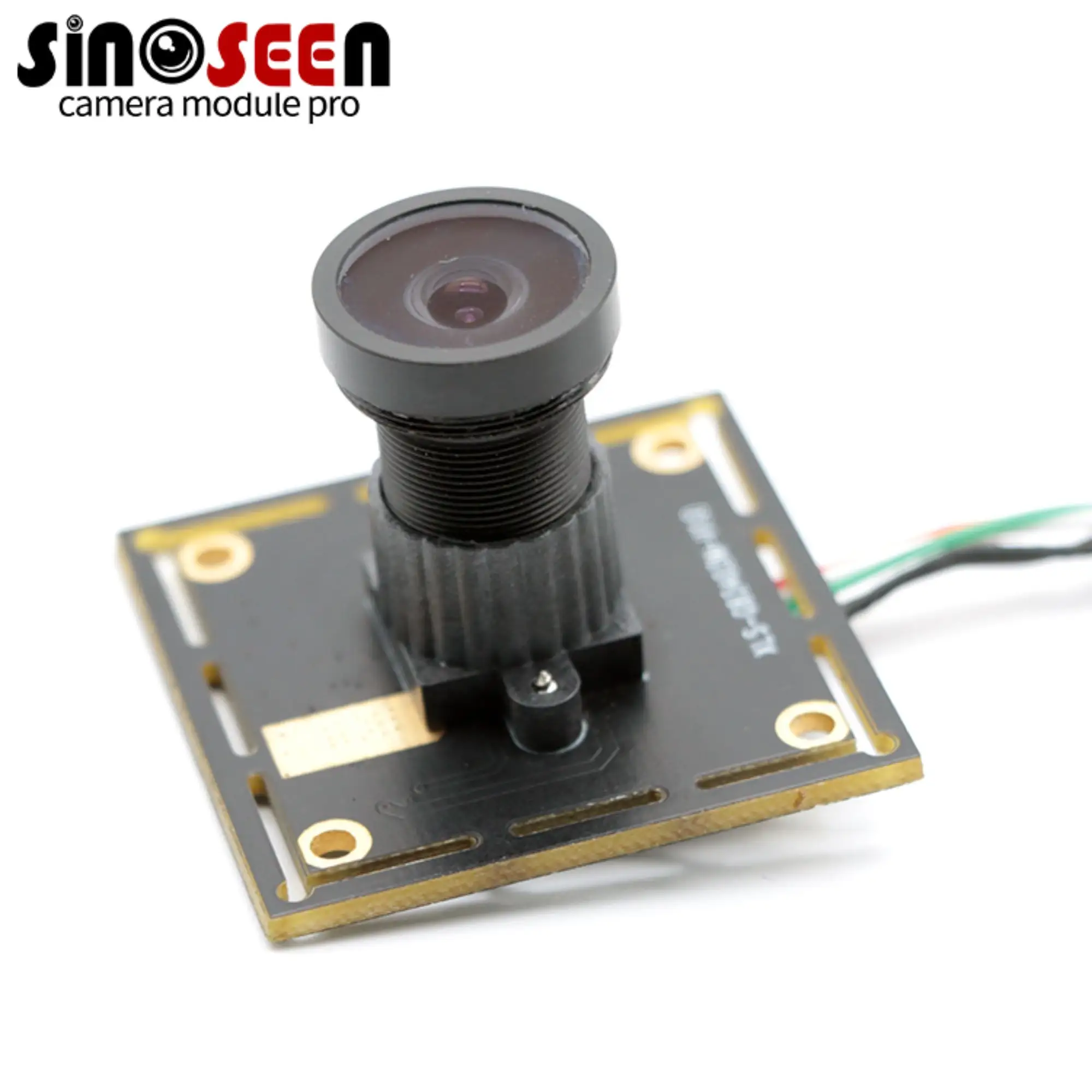

 EN
EN
 AR
AR
 DA
DA
 NL
NL
 FI
FI
 FR
FR
 DE
DE
 EL
EL
 HI
HI
 IT
IT
 JA
JA
 KO
KO
 NO
NO
 PL
PL
 PT
PT
 RO
RO
 RU
RU
 ES
ES
 SV
SV
 TL
TL
 IW
IW
 ID
ID
 SR
SR
 VI
VI
 HU
HU
 TH
TH
 TR
TR
 FA
FA
 MS
MS
 IS
IS
 AZ
AZ
 UR
UR
 BN
BN
 HA
HA
 LO
LO
 MR
MR
 MN
MN
 PA
PA
 MY
MY
 SD
SD

